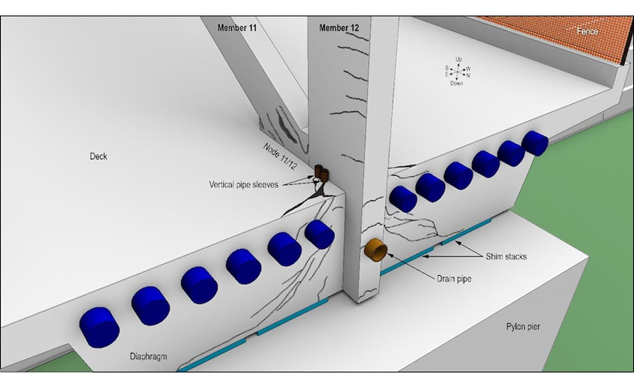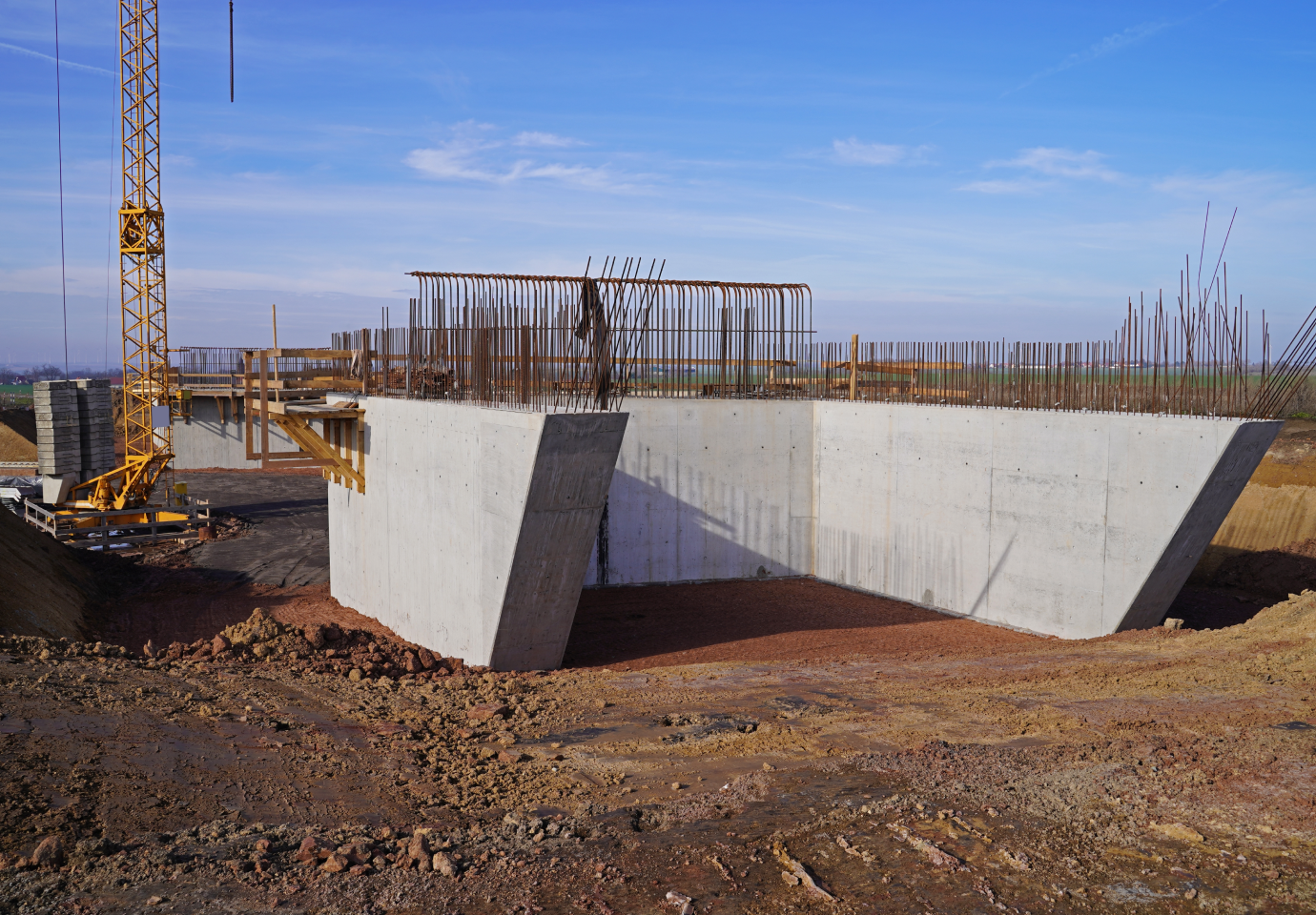1. Why do we need design codes?
Numerous impressive structures were created before the formulation of standardized design codes, but challenges existed. The shift to modern design codes introduced a systematic and scientific approach to bridge engineering, enhancing safety, consistency, and reliability in design and construction. Design codes also play an important role in protecting bridge engineers by providing a framework for legal compliance, standardization, risk mitigation, and professional accountability.
2. Introduction to AASHTO
AASHTO, the American Association of State Highway and Transportation Officials, develops and publishes specifications, guidelines, and documents for the design, construction, and maintenance of U.S. transportation infrastructure. Each state's Department of Transportation, like Caltrans, TxDOT etc. conducts finite element research and establishes region-specific design checks for bridge engineers, in addition to AASHTO standards

3. What are the contents of AASHTO Standards for Bridge Engineer?
Now, let us come to the main objective of this blog. As you can see, this is a very introductory blog, and my primary aim is to list out the significant codes required for bridge design in the US for engineers. The AASHTO Classification is as follows.
Read on…
- AASHTO LRFD Bridge Design Specifications (LRFD): Specifications for the design, evaluation, and rehabilitation of highway bridges using the Load and Resistance Factor Design approach.
- AASHTO Standard Specifications for Highway Bridges (LFD): Standard specifications for the design and construction of highway bridges using the Load Factor Design approach.
- AASHTO Guide Specifications for LRFD Seismic Bridge Design (Seismic): Seismic design and evaluation of highway bridges using the LRFD approach.
- AASHTO LRFD Bridge Construction Specifications (Construction): Specifications for the construction and erection of highway bridges, including materials and methods.
- AASHTO Guide for Design of Pavement Structures (Pavement): Guidelines for the design of several types of pavement structures, including those related to bridges.
- AASHTO LRFD Movable Highway Bridge Design Specifications (Movable): Specific guidelines for the design of movable highway bridges using the LRFD approach.
- AASHTO Manual for Bridge Evaluation (MBE): Evaluation and rating of existing highway bridges, including load rating procedures.
- AASHTO Guide Specifications for Horizontally Curved Steel Girder Highway Bridges (Curved Girder): Design considerations for horizontally curved steel girder bridges.
The codes mentioned above are revised regularly. As for our users, I would like to point out that MIDAS CIVIL has incorporated the latest versions of AASHTO LRFD 20 for design and AASHTO LRFR 19 for the load rating of bridges. 😊
4. Follow the code or face the consequences.
Nowadays, due to the influence of social media, we hear a lot about bridge collapses around the globe, out of which a good share of the failures is due to the omission of specific code clauses. One such incident is the collapse of the Sweetwater University City bridge, taking the lives of 6. “Errors in bridge design, inadequate peer review and poor engineering judgment led to the collapse of this bridge,” said NTSB chairman Robert Sumwalt.

5. Conclusion
The AASHTO LRFD Bridge Design Specifications have become an integral part of bridge engineering, not only in the United States but also in various parts of the world. Being a part of MIDAS has enabled me to explore many codes around the world, and I personally feel that AASHTO codes are the most descriptive and regularly revised.
But that doesn’t mean that the code provisions are always right. Certainly not. Consider the Millennium Bridge in London, closed on its first day due to synchronized lateral excitation. Prior to this incident, global design codes only assessed vertical vibrations for comfort criteria, neglecting lateral ones. Subsequently, the comfort criteria for lateral vibrations in pedestrian bridges were adjusted to 2.5 Hz.
While we can attribute collapse to the code, I would like to remind ourselves that as structural engineers, we must take responsibility for our designs. Given the uniqueness of each project, codes may not cover all scenarios, necessitating reliance on engineering judgment.
Further testing should be conducted if discrepancies arise. Advanced finite element software, like MIDAS, enables more detailed analysis and simulation of the structure's actual behavior.

6. What’s next?
This article is just a starting point, explaining the different codes essential for bridge engineers, specifically focusing on AASHTO standards. The upcoming articles will delve more into various code provisions.
Stay tuned! 😊
 Get Started midas Civil
Get Started midas Civil
 Featured blog of this week
Featured blog of this week








